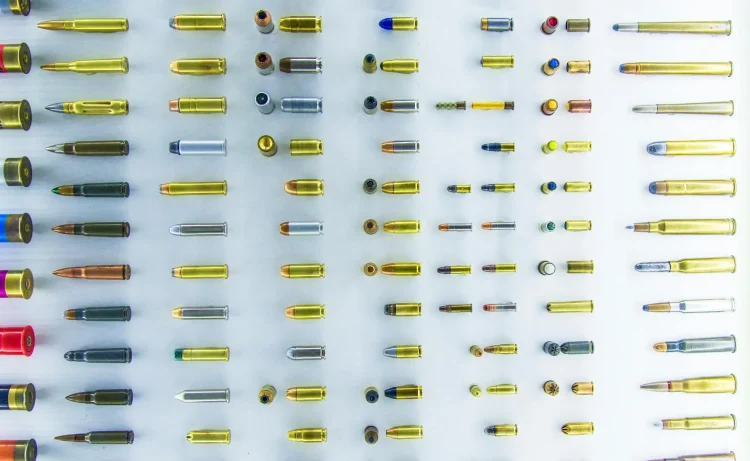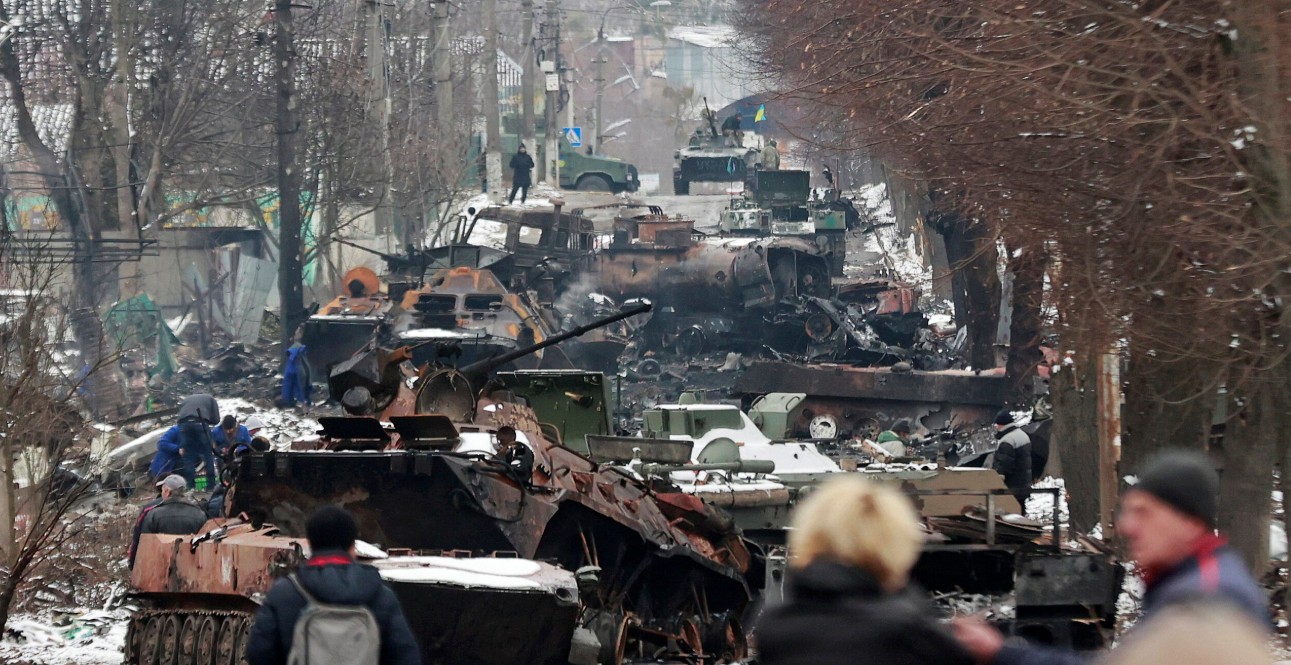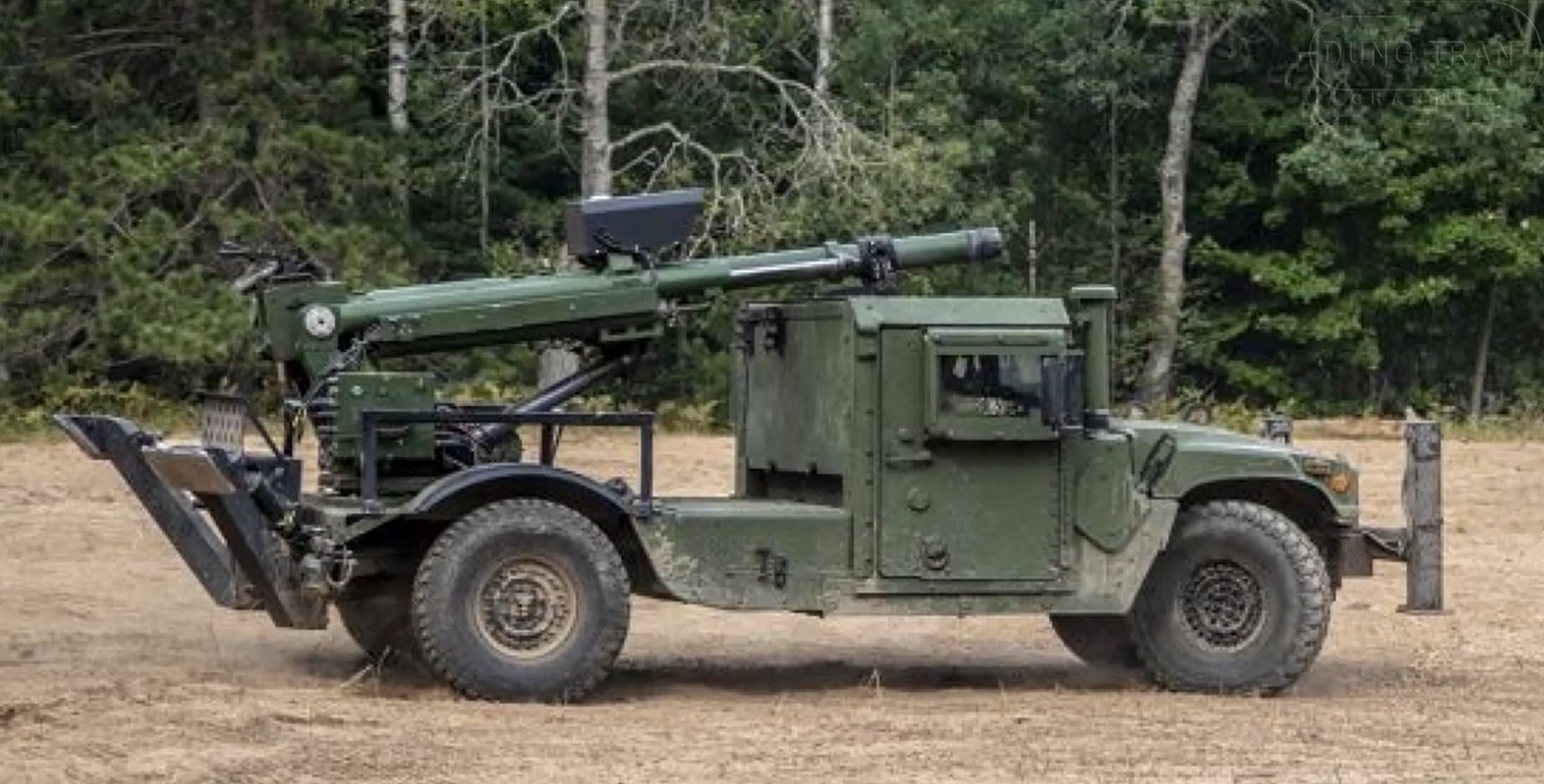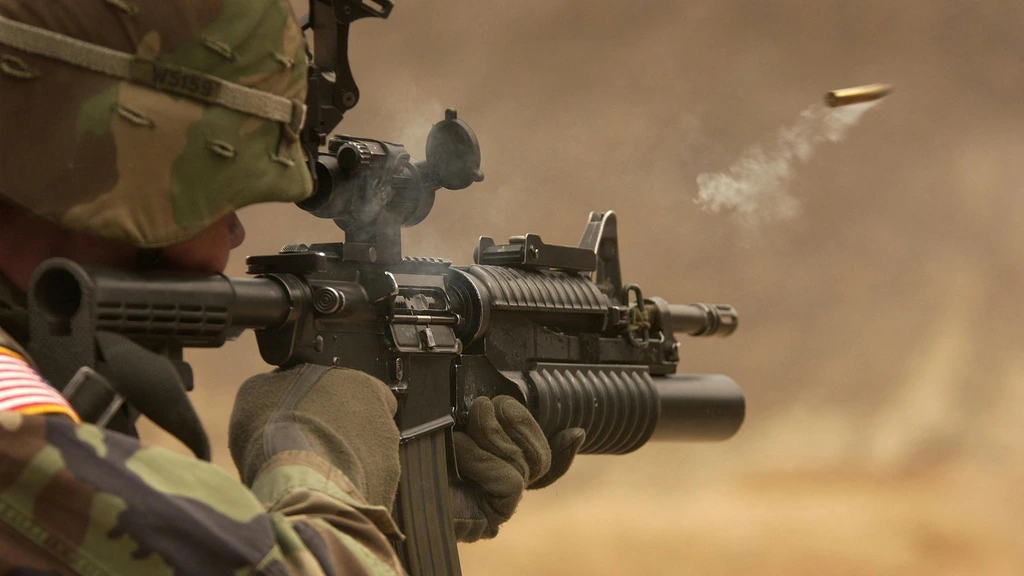Overview
Ammunition consistency, standards, and advancements play crucial roles in modern military operations. Both US forces and NATO allies employ a variety of ammunition types, each tailored for specific weapons and strategic needs. Understanding the differences and similarities between the ammunition used by US forces and NATO offers insight into military strategies, compatibility, and logistical efficiency.
Standard Ammunition Types
5.56x45mm NATO: This is a widely-used rifle cartridge that both US forces and NATO allies employ. Known for its accuracy and manageable recoil, it is the standard ammunition for the M16 rifle and M4 carbine, used predominantly by US troops, and for many NATO-standardized weapons, such as the FN SCAR, FAMAS, and HK416.
7.62x51mm NATO: This larger caliber is often used in rifles like the M14, sniper rifles, and machine guns such as the M240. Not only employed by US forces but also common across NATO forces, the 7.62x51mm NATO offers greater stopping power and range, making it suitable for designated marksman rifles and general-purpose machine guns.
Handgun Ammunition
9x19mm Parabellum: Also known as 9mm NATO, this is the standard sidearm ammunition for both US and NATO forces. Commonly used in pistols and submachine guns, it balances power with manageable recoil, making it ideal for close-quarters combat. Implementations include the Beretta M9 and the Sig Sauer P320 used by US forces, paralleled in NATO with pistols like the Glock 17 and CZ 75.
Specialized Ammunition Types
.50 BMG: The .50 BMG is a large-caliber cartridge primarily used in heavy machine guns like the M2 Browning and anti-material rifles such as the Barrett M82. Both US and NATO forces utilize this ammunition for its ability to engage both hard and soft targets at long ranges, a crucial factor in vehicle interdiction and counter-sniper actions.
40mm Grenade: These grenades are used with grenade launchers such as the M203 and M320 adopted by US forces, as well as NATO-standard launchers like the HK AG36. Their diverse applications, from high-explosive rounds to smoke and illumination, make them indispensable for infantry units.
Ammunition Compatibility and Standardization
One of the fundamental principles of NATO is standardization, ensuring compatibility across member nation forces. This is vital for logistical efficiency and operational effectiveness, allowing NATO forces to operate cohesively in joint operations. The NATO standardization agreements (STANAGs) specify agreements on dimensions, performance standards, and testing protocols. This guarantees that ammunition made in different countries will function equivalently in weapons designed to NATO standards.
Emerging Technologies and Advancements
Recent advancements in ammunition technology focus on improving accuracy, range, and lethality while minimizing collateral damage. One key area is the development of polymer-cased ammunition, which offers weight savings and better heat resistance. The US military is actively researching and testing these new developments under programs such as the Next Generation Squad Weapon (NGSW) initiative, which aims to replace the aging 5.56x45mm NATO round with a more advanced 6.8mm cartridge.
US Adoptions and Innovations: The United States often drives innovation in military technology, leading to unique developments such as the 6.5mm Creedmoor, used in the Mk 20 SSR. Additionally, advancements in precision-guided munitions, like the Precision Guidance Kit (PGK) for artillery shells, enhance accuracy and effectiveness.
NATO Collaborations and Standardizations: NATO countries frequently collaborate on ammunition advancements, ensuring that innovations benefit all member nations. Programs like the European Defence Agency’s (EDA) ammunition harmonization initiative aim to streamline the introduction of new cartridge types and improve interoperability.
Specialty Ammunition
- Tracer Rounds: Used for signaling and target designation, tracer rounds contain pyrotechnic compositions that illuminate their trajectory. This is advantageous in night operations and training exercises, helping shooters visualize bullet paths.
- Armor-Piercing Rounds: Designed to penetrate armor, these rounds are used against fortified targets and vehicles. Both US and NATO forces utilize variants such as the M993 armor-piercing rifle round to extend the capabilities of standard-issue weapons.
- Non-Lethal Ammunition: Used in peacekeeping operations and crowd control, non-lethal options like rubber bullets and bean bag rounds provide alternatives to lethal force while maintaining the safety and effectiveness of personnel.
A Table of Specifications
| Ammunition Type | Caliber | Application | Common Weapons |
|---|---|---|---|
| 5.56x45mm NATO | 5.56mm | Assault Rifles | M16, M4, FN SCAR, HK416 |
| 7.62x51mm NATO | 7.62mm | Rifles and Machine Guns | M14, M240, FN MAG |
| 9x19mm Parabellum | 9mm | Handguns, SMGs | Beretta M9, Glock 17, CZ 75 |
| .50 BMG | 12.7mm | Heavy MGs, Sniper Rifles | M2 Browning, Barrett M82 |
| 40mm Grenade | 40mm | Grenade Launchers | M203, HK AG36 |
The table above offers a quick reference to the most common types of ammunition used, illustrating their applications and the weapons systems that typically chamber them.
In summary, while there is significant overlap between the types of ammunition used by US forces and their NATO allies, each maintains unique advancements and specializations, ensuring they stay at the forefront of modern warfare capabilities.









